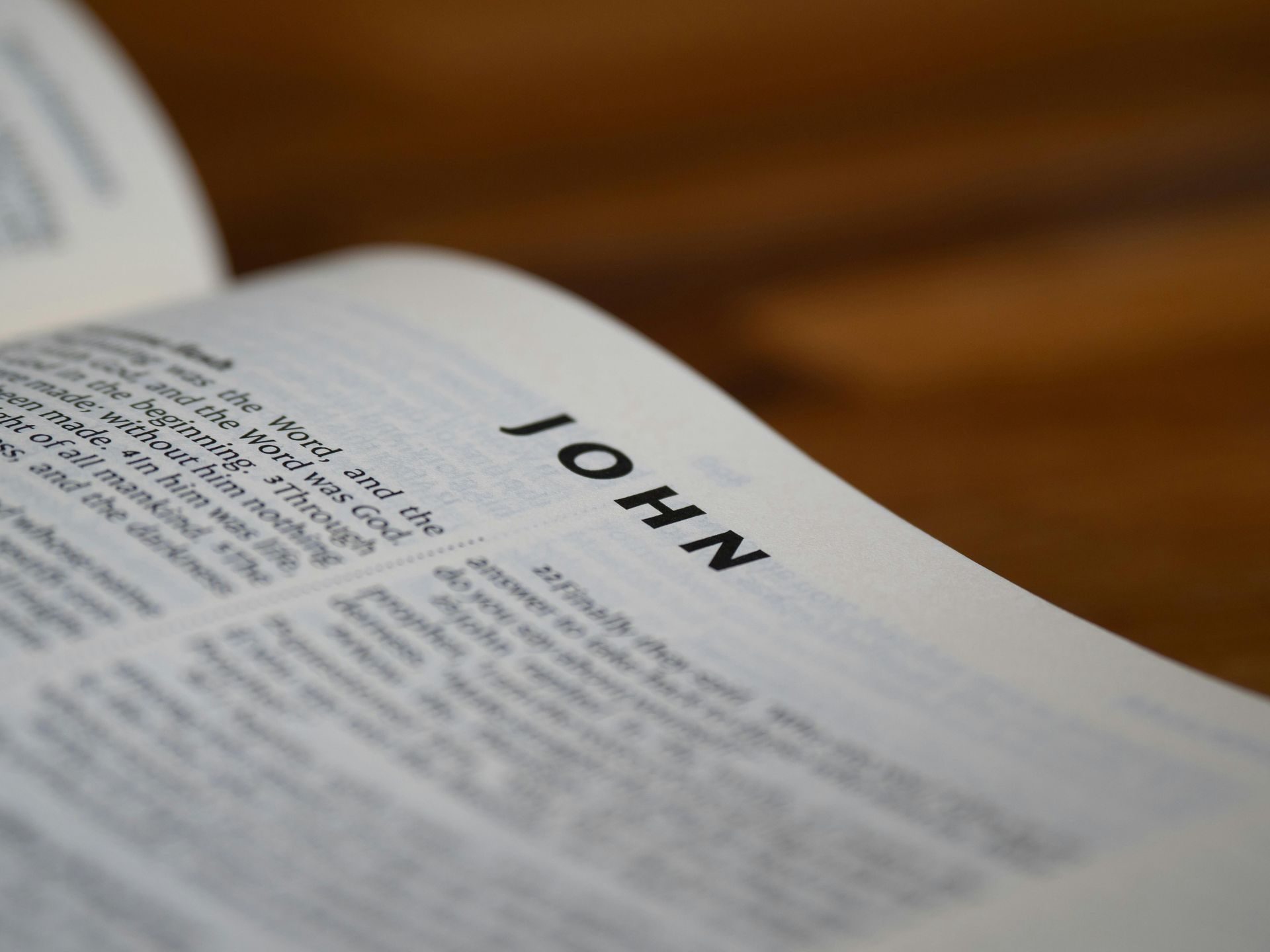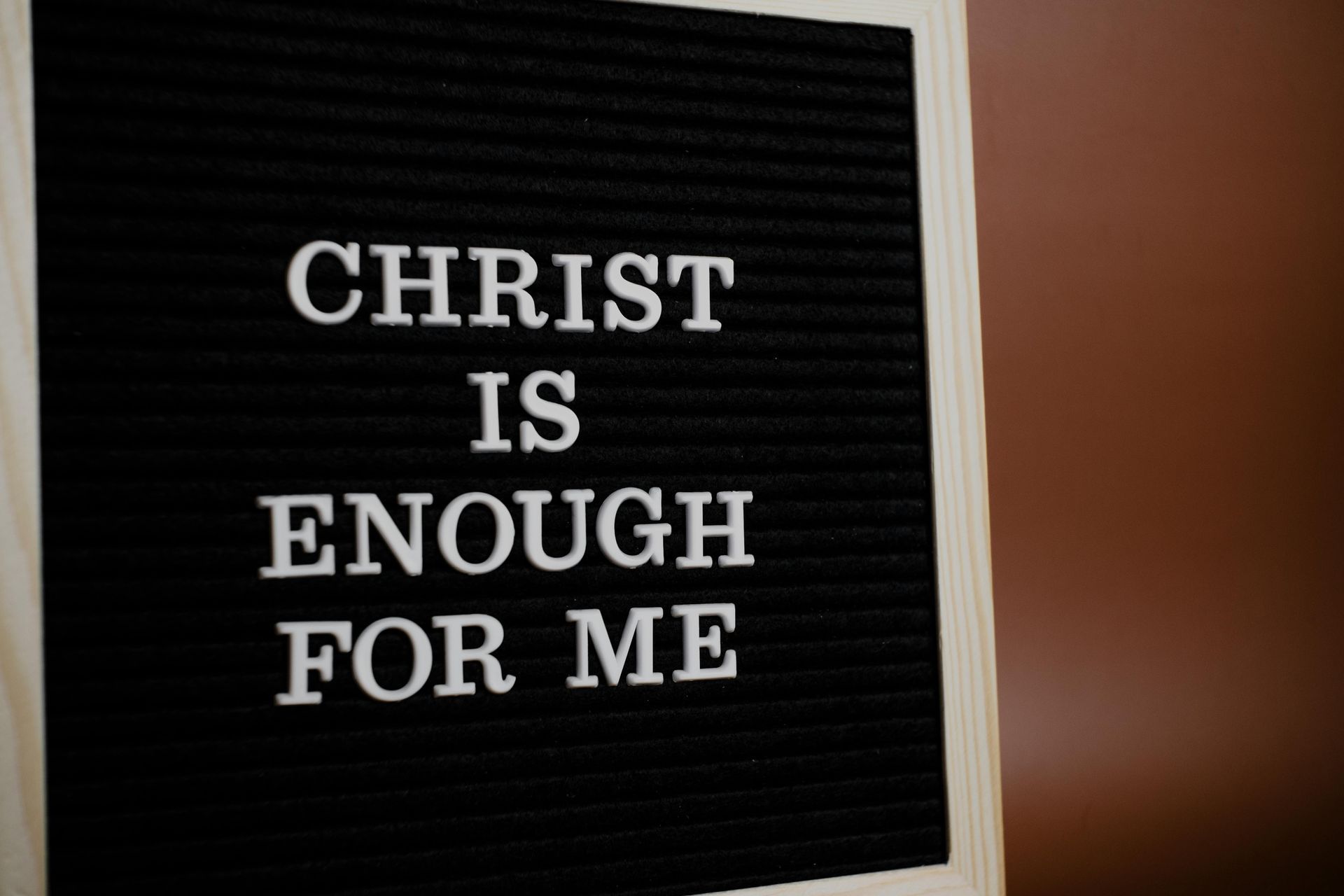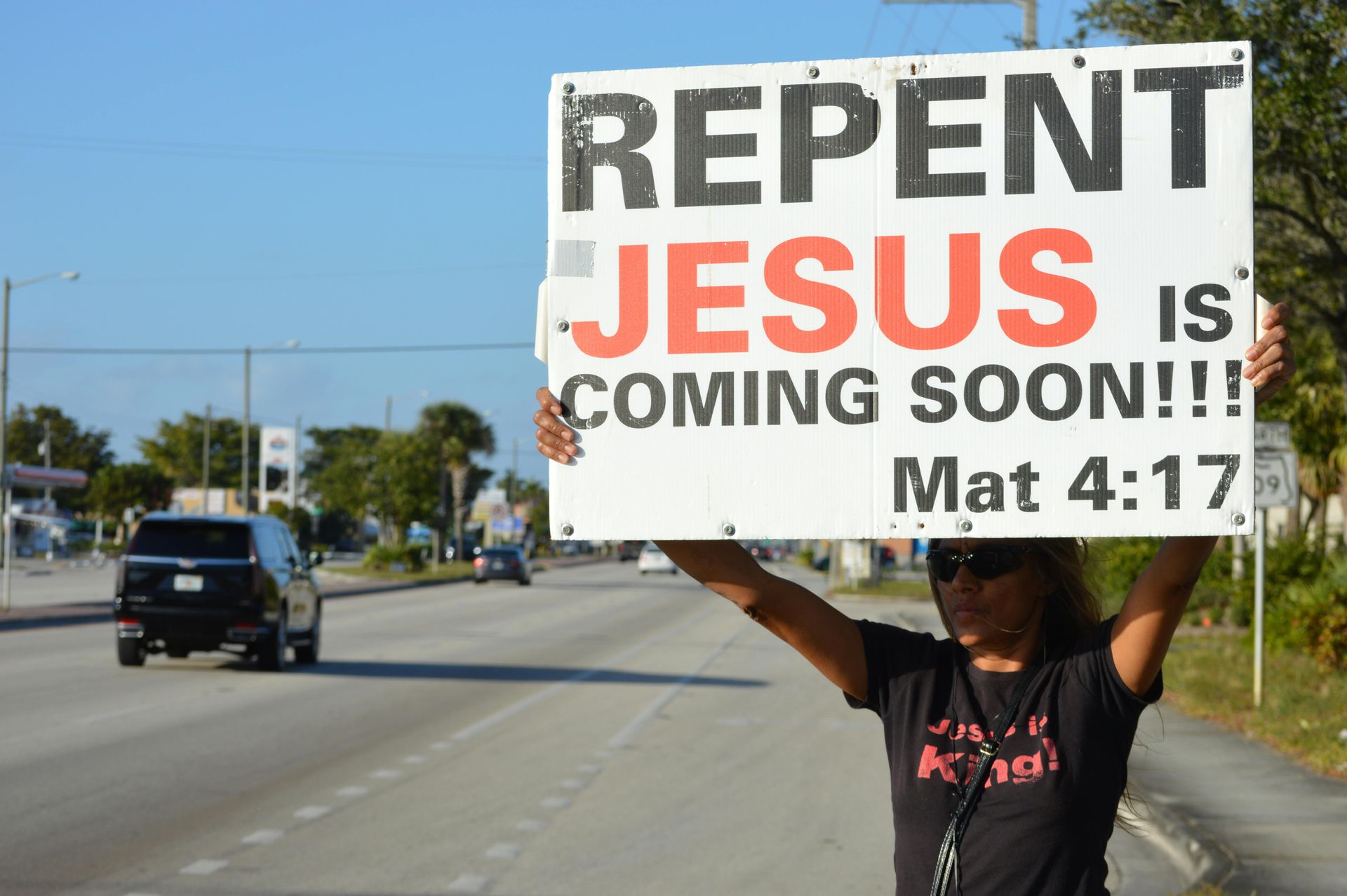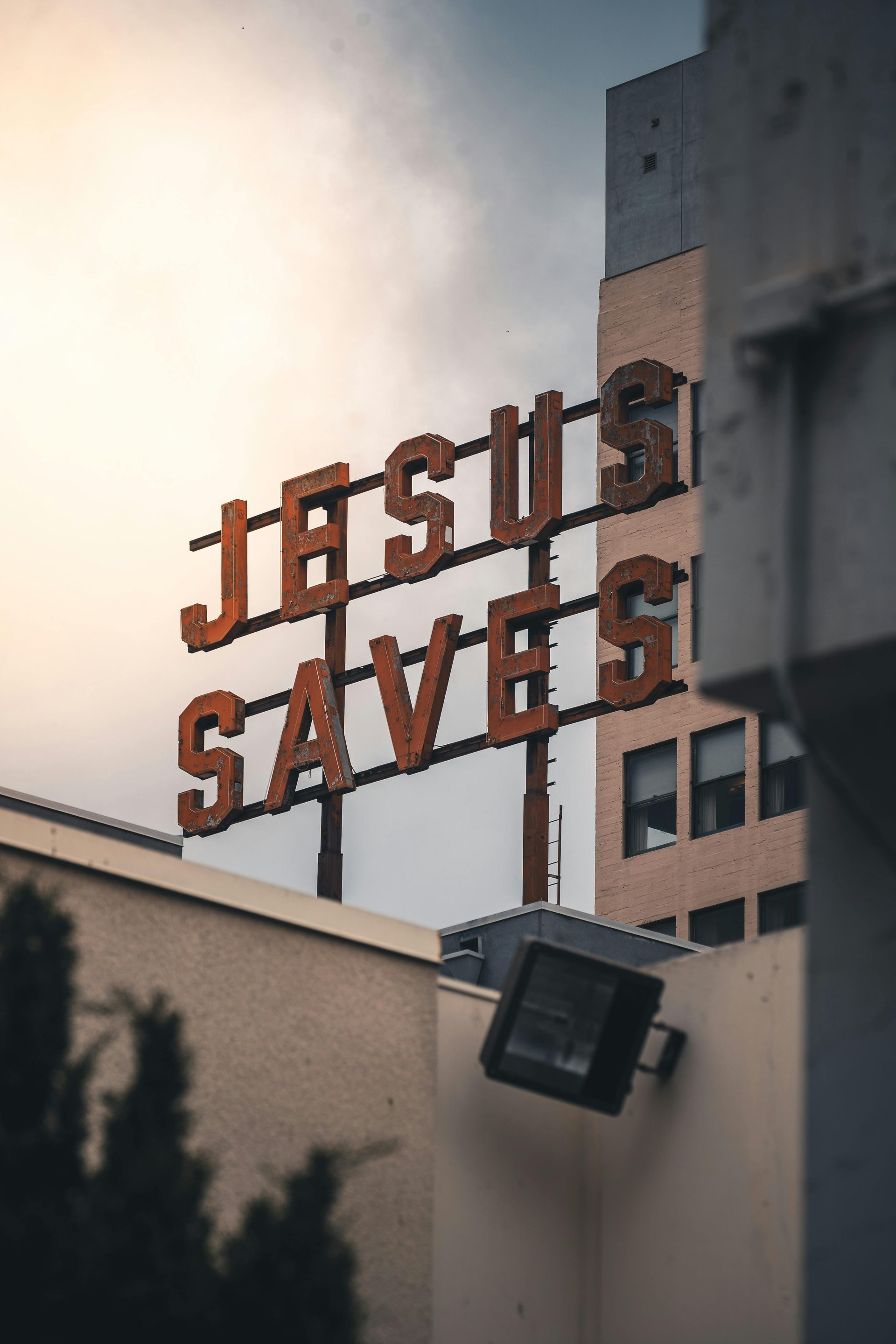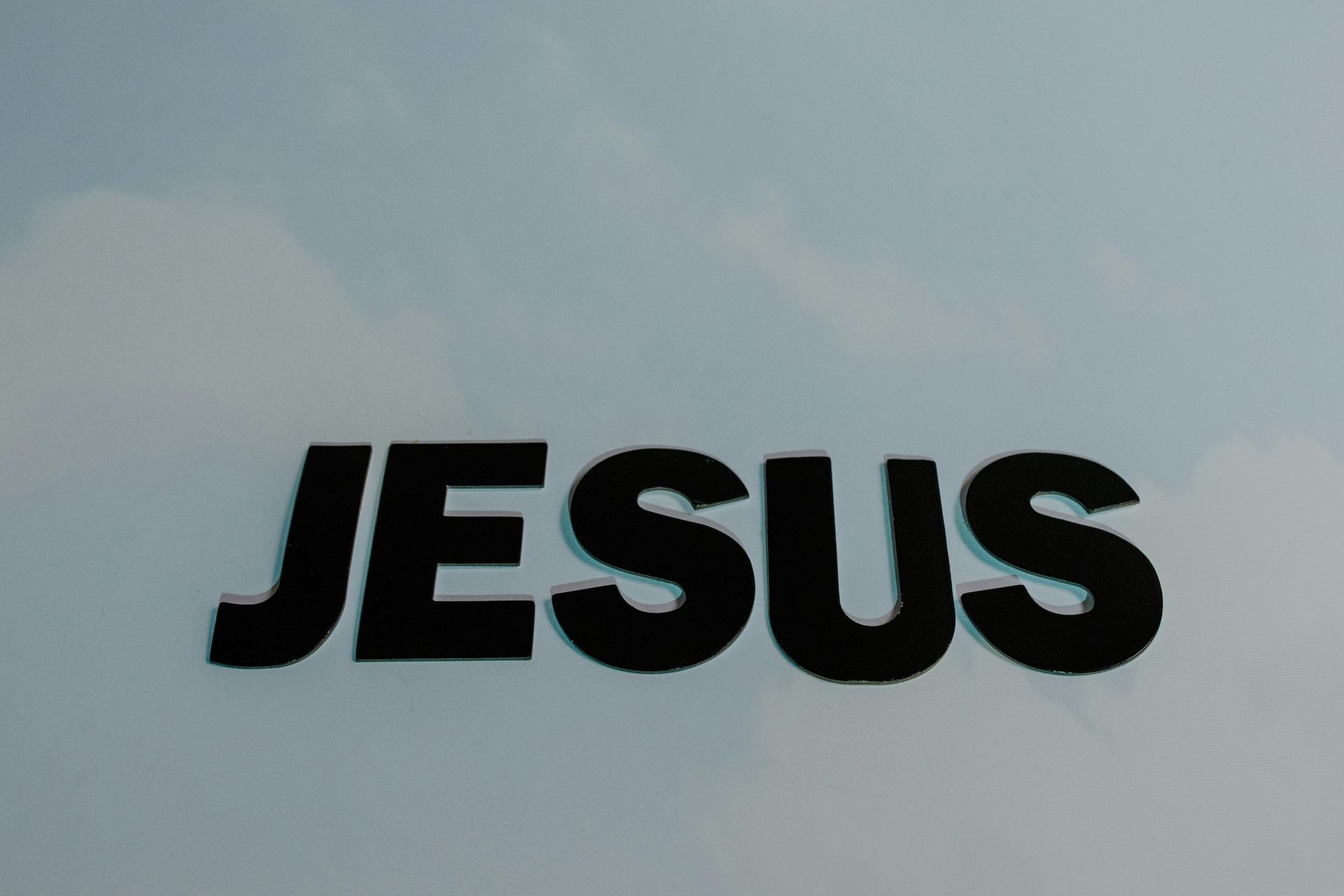Cleansing the Temple
Out with the bad, cleansed by the Spirit!
Cleansing the Temple: John 2:13–25
John 2:13–25 records one of the most striking moments early in Jesus’ public ministry. As the Passover feast drew near, Jesus went up to Jerusalem and found the temple courts filled with money changers and merchants. Instead of prayer, worship, and reverence, the house of God had been turned into a marketplace. The Lord’s response was holy zeal. He made a whip of cords, drove out the animals, overturned tables, and declared, “Take these things away; do not make My Father’s house a house of trade” (John 2:16, ESV).
This passage reveals several crucial truths about Christ and His mission.
1. The Zeal of the Son of God
The disciples remembered that it was written, “Zeal for Your house will consume Me” (John 2:17, citing Psalm 69:9). Jesus was consumed with devotion to His Father’s glory. Unlike the priests and leaders who tolerated or profited from corruption in the temple, Jesus acted with righteous anger. He is not indifferent to worship. He demands purity in the place where God is honored.
2. Judgment Begins at the House of God
The cleansing of the temple is a preview of the judgment that Christ will bring. The temple was central to Jewish worship, yet it had become defiled. By cleansing it, Jesus demonstrated that He has authority over the worship of God. Peter later wrote, “It is time for judgment to begin at the household of God” (1 Peter 4:17). This principle still applies. The Lord cares deeply about the purity of His church, and He will discipline and purify His people.
3. Christ’s Authority Challenged
The Jews demanded a sign: “What sign do You show us for doing these things?” (John 2:18). Jesus answered, “Destroy this temple, and in three days I will raise it up” (John 2:19). They misunderstood, thinking He referred to the physical temple, which had taken forty-six years to build. But John explains, “He was speaking about the temple of His body” (John 2:21).
Here we see the greater reality: the physical temple was only a shadow. Christ Himself is the true temple. In Him, God dwells fully. Through His death and resurrection, access to God would be granted in a way far surpassing the old covenant. The tearing of the temple veil at His death made this unmistakably clear.
4. The Omniscience of Christ
The passage closes with a sobering statement: “Jesus on His part did not entrust Himself to them, because He knew all people and needed no one to bear witness about man, for He Himself knew what was in man” (John 2:24–25). Many were impressed by His signs, but their faith was superficial. Christ, in His divine omniscience, knew their hearts. True saving faith is not shallow enthusiasm for miracles. It is a Spirit-wrought trust in Christ as Lord and Savior.
5. Christ Is Enough
The cleansing of the temple points us forward to the ultimate cleansing Christ accomplished at the cross. His blood purifies sinners, His resurrection proves His authority, and His Spirit sanctifies His people. Just as Jesus would not tolerate corruption in the temple, He will not leave sin unchallenged in our hearts. By His grace, He makes us into living temples where God dwells.
As we reflect on John 2:13–25, we are reminded that Jesus is both full of grace and full of truth. He has authority over worship, He sees the heart, and He calls His people to purity. The temple cleansing was not simply about animals and coins, but about the holiness of God and the sufficiency of Christ. He is the true temple, the One who grants access to God through His death and resurrection. The question for us is this: are we worshiping Him in spirit and in truth, or are we holding on to empty religion?
We always encourage everyone to check everything through the lens of the Scriptures. Be like the noble Bereans of Paul's day. Please visit us here for much more, and remember, Christ is enough.
Until we meet again, lets go serve our King!
FRF Family


